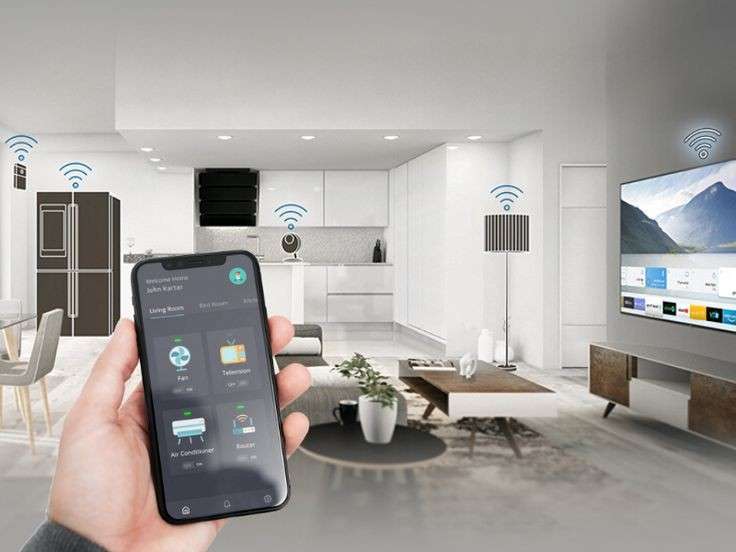Your home is more than a place to live — it’s a space that should stimulate and soothe your senses. While most interior design focuses on visual appeal, a truly immersive home experience goes beyond what meets the eye. Multi-sensory design taps into touch, sound, scent, and even taste to create an environment that feels as good as it looks. By engaging all the senses, you can craft a home that promotes relaxation, focus, joy, and well-being.

Sight: Setting the Visual Tone
Sight is often the starting point in design. Use color psychology to influence mood — soft blues and greens for calm, bold reds for energy, and warm neutrals for comfort. Incorporate layered lighting with ambient, task, and accent options to change the mood at different times of day. Add visual interest through textures, art, mirrors, and natural elements like indoor plants. Open layouts and clean lines can help create a sense of spaciousness, while intentional clutter (like books or personal collections) adds warmth and character.
Sound: The Acoustic Atmosphere
Sound has a powerful effect on how we feel. Think of the difference between silence, background music, and the gentle hum of nature. Create a soothing soundscape with soft instrumental playlists, ambient noise machines, or smart speakers programmed with your favorite sounds. For a natural touch, install a tabletop fountain or incorporate plants known to absorb noise and improve acoustics. Rugs, curtains, and upholstered furniture can also help reduce echo and make your home feel more peaceful.
Scent: Invisible Comfort
Scent is one of the most emotionally charged senses — it can instantly bring back memories or shift your mood. Use candles, essential oil diffusers, or incense to set the tone of each room. For example, lavender or eucalyptus in the bedroom can promote relaxation, while citrus or peppermint in the kitchen and workspace can increase alertness and energy. Don’t forget about natural sources of scent: fresh flowers, herbs on the windowsill, or even a simmering pot of spices on the stove can fill your home with inviting aromas.
Touch: The Feel of Comfort
Tactile experiences are essential in making a space feel comforting and personal. Mix textures throughout your home — think plush rugs, smooth marble countertops, soft linen throws, and warm wooden surfaces. Invest in high-quality bedding, cozy cushions, and ergonomic furniture to enhance comfort and functionality. Even small details like door handles, fabric choices, or a warm floor mat under your feet contribute to the sensory richness of a space. A sensory-friendly home invites touch and rewards it with comfort.
Taste: Small Indulgences at Home
While taste may not be a constant part of interior design, it plays a vital role in how we enjoy our space. A beautifully styled coffee station, an inviting fruit bowl, or a bar cart with curated glassware adds flavor — literally and visually. Think about how you can design your kitchen and dining areas to encourage connection and joy through food. You can also incorporate herb gardens or spice racks that not only look great but enhance your daily meals with freshness and flair.
Movement and Flow: Sensory Transitions
Multi-sensory design isn’t just about isolated sensations — it’s about the transitions between them. Pay attention to how rooms flow into each other. Use scents, lighting changes, or subtle sound cues to guide the mood from space to space. A hallway with calming art and gentle lighting can prepare you for a restful bedroom. A bright and aromatic kitchen can inspire creativity and energy. Sensory layering should feel seamless and natural, moving with your day and mood.
Personalized Sensory Zones
Everyone experiences space differently. Design personalized zones that cater to your needs — a meditation corner with soft textures and calming scents, a lively kitchen full of bold colors and upbeat music, or a reading nook with ambient lighting and a weighted blanket. Your home should reflect your personality, lifestyle, and sensory preferences. The goal is to support not just how your home looks, but how it makes you feel, every single day.



